Evolution of Modesty & Gender Biased Nudity Norms
Modesty is defined as a behaviour, manner, or appearance intended to avoid impropriety or indecency. The notion of nudity stands in opposition to modesty, often imbued with socio-cultural meaning. Early human civilizations like Egyptian and Indus-Valley observed nudity as a very natural and acceptable concept. However, over the course of time, clothing has transcended to various socio-cultural expressions and nudity rules have been bent gender-wise as what’s acceptable and what’s not.
ORIGIN OF CLOTHING
Like agriculture, weaponry, stone-chipping etc, clothing was adopted by primitive humans to protect themselves from the natural environment. Origin of clothing was resultant of survival needs before it transcended to aesthetic and modesty needs.
ORIGIN OF MODESTY
Modesty is based on one of the most primitive emotions – fear, fear of causing disgust. Humans covered the sacro-pubic region of the body not merely to being the sexual centre, but also as being the excretory centre. Eminent physiologist C. Richet’s elaborate study of disgust (“Les Causes du Dégofit,” L’Homme et l’Intelligence, 1884) explains that the digestive and sexual excretions and secretions, being either useless or, in accordance with wide-spread primitive ideas, highly dangerous, the genito-anal region became a concentrated focus of disgust. The well-marked horror of dirt is observed even among many lower mammals, as well as among birds and insects.
The fear of causing disgust is quite distinct from that of losing a sexual lure or breaking a rule of social etiquette—played a significant part in earliest development of modesty in early humans. Even in 21st century, it may be added, the final and invincible seat of modesty is not always around the pubes, but the anus. More people are hesitant of rectal examination than genital due to the fear of causing disgust.
Many psychologists, including Sergi, have regarded origin of modesty as the result of clothing and not origin of clothing as a result of modesty needs (“Dolore e Piacere,” 1894, pp. 209-212.) When humans wore clothes to protect themselves against the harsh environment, the clothes also protected them from not causing disgust to fellow people, thereby developing the sense of modesty.
It is important to not confuse physical modesty with shyness or shame. Shame and shyness are psychological emotions which can be observed with or without covering the body parts. Physical modesty expressions vary with norms of cultures and societies.
DEVELOPMENT OF SEXUAL ELEMENT IN MODESTY
Stanley Hall and Allin (“The Psychology of Tickling,” American Journal of Psychology, p. 31, 1897) explain that covering specific parts of body covered irradiates a sense of sexual curiosity to heterosexual members of the opposite gender (& homosexual members of the same gender).
Primitive humans covering their privates established modesty as a psychical secondary sexual character. Several modesty norms in modern society are governed by notions of what’s sexually desirable.
This can be observed in modern Indian society where a woman wearing mini-skirt has often raised complaints from conservative right-wing for whom revealing legs comes across as sexual & morally inappropriate. Indian women predominantly wore saris that revealed the waist but covered the legs till ankles. Exposure of waist in public is clearly not sexual but revealing a woman’s legs which were covered for centuries was inappropriate for a few.
BEGINNING OF GENDER SPECIFIC NUDITY NORMS
Primitive woman was proud of her womanhood, for a long time flaunted her breasts which ancient art has always represented. As shown by a statue in the Vatican, a tunic was worn by Sparta women when running, left bare the right shoulder and breast, and only reached to the upper third of the thighs. (M. M. Evans, “Chapters on Greek Dress,” p. 34.)
Gender specific nudity norms weren’t established till the society became increasingly patriarchal. Growth of the conception of women as property greatly altered the nudity norms for women as compared to that of men. Men and women wore similar robes and tunics with differences in length of hem length (attributed to social roles) till late Romans. Due to social roles, the length of men’s tunic especially that of army men, travellers and horse-riders kept shrinking with time for comfort while women were left covered till ankles. Overtime, fully covered clothing of women became a social norm and it was no longer socially appropriate for women to show a great deal of skin.
Waitz, followed by Schurtz and Letourneau insisted that the jealousy of husbands is the primary origin of women’s clothing (gender-specific clothing), and, indirectly, of gender specific modesty norms. Diderot in the last century had already given clear expression to the same view that married women were often chiefly clothed than unmarried women. A new motive of clothing was thereby furnished – a moral protection on a man’s property.
The gender specific nudity norms were hence established by patriarchal society of late BCE.
RELIGION & MODESTY NORMS
Christianity profoundly affected social norms by uniting together the masculine virtue of modesty and prescription of sexual abstinence. Clement of Rome states that women should not seek to be graceful by avoiding broad drinking vessels that oblige them to stretch their mouths, in order to drink from narrow alabastra that cause them indecently to throw back the head, revealing to men their necks and breasts. (“Pædagogus,” Book II, Chapter V.)
It is probable that the Mohammedan custom of women veiling the face really has its origin from very handsome men in early Arabia who veiled their faces, in order to preserve themselves from the evil eye, as described by Tertullian.
The rise of Christianity and Islam saw social norms on modesty asking women to cover themselves completely including the hair.
MODESTY NORMS IN ASIA-PACIFIC, NATIVE AMERICA & AFRICA
Rules of what should be covered and what shouldn’t be covered didn’t differ for men and women in most Asia-Pacific, Native American and African societies till the influence of European Christian missionaries and Islamic invasions. People in all these cultures mostly thrived in hot and humid conditions and didn’t cover their upper body predominantly till contemporary history. Toplessness is still very much accepted in most indigenous societies of today.
In ancient India, both men and women wore minimal draped garments. The first usage of patidhi, a breast band was seen during Mauryan era, possibly influenced by the empire’s trade links with Greeks and Romans. Upper-class women were clothed fully, while other women were topless in public in many parts of North India including Maharashtra and the Ganges basin before the Muslim conquest of India. In parts of Southern India, the right to cover the upper-body for lower caste women was granted in 1858 post European invasion. Right to cover the upper-body (for both men & women) was more of a class/caste-construct rather than gender construct in India till Christian missionary invasion.
Societies of Thailand, Indonesia, Laos, Africa, Australia, Native America etc, had similar genderless nudity norms which were altered by Christian/Islamic influence.
CONTEMPORARY VOICE FOR UNBIASED NUDITY NORMS
20th century revolutionized the role of women in society where education, outdoor activities, jobs and position of power no longer belonged to just men. Late 21th century, saw women groups fight back the patriarchal customs that reduced their bodies in restrained clothing. By 1960s feminists groups began to link the struggle for female equality and the repossession of the female body.
Women exposing breasts became a symbol of gender liberation and protests. Topless women bodies were increasingly embraced in films and popular culture.
FREE THE NIPPLE CAMPAIGN
Free the Nipple is an equality movement focused upon the double standards regarding the censorship of female breasts started by activist and filmmaker Lina Esco. The campaign seeks to strip society of its tendencies toward the sexualization of the female upper body, addressing hypocrisies and inconsistencies in American culture and legal systems that enforce its taboos.
Ultimately, the campaign resolves to decriminalise female toplessness in the US and empower women across western nations in a greater effort toward global gender equality. Internet culture too perpetuates and enforces taboos surrounding the female nipple as many social media platforms such as Facebook and Instagram prohibit any and all “graphic content” that pictures a woman’s areola.




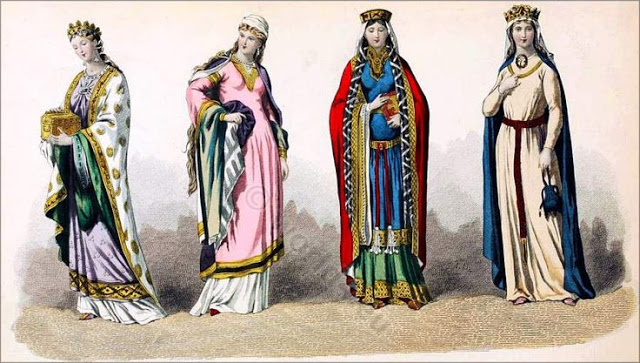
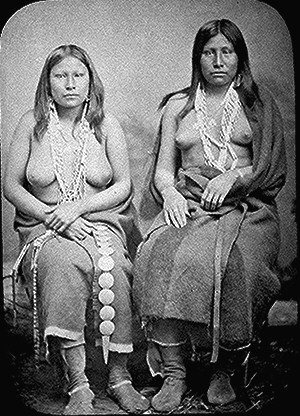
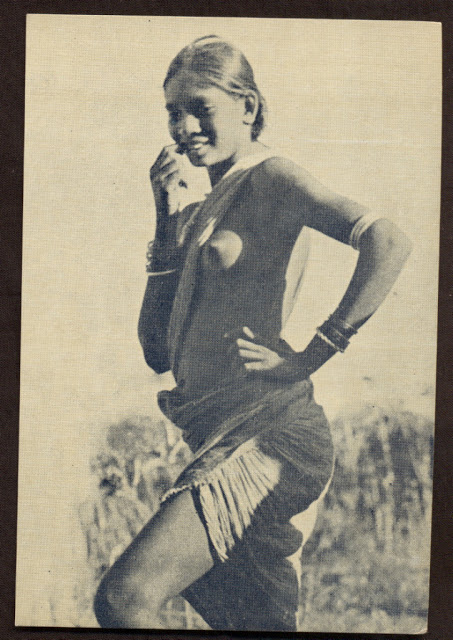


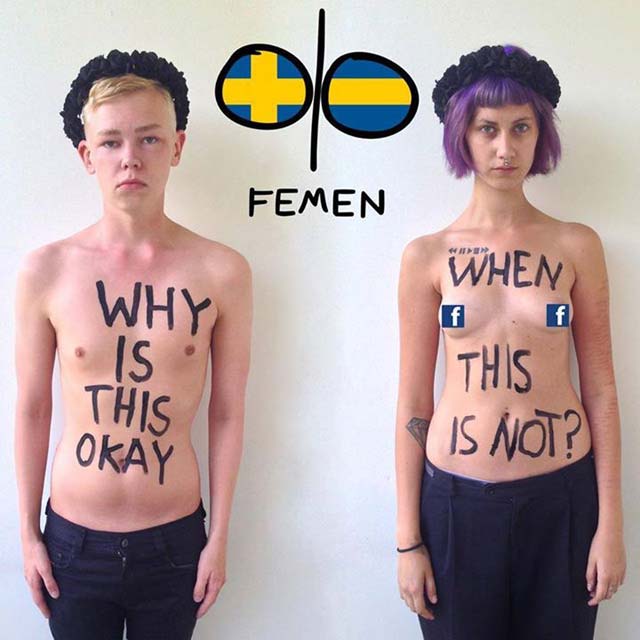


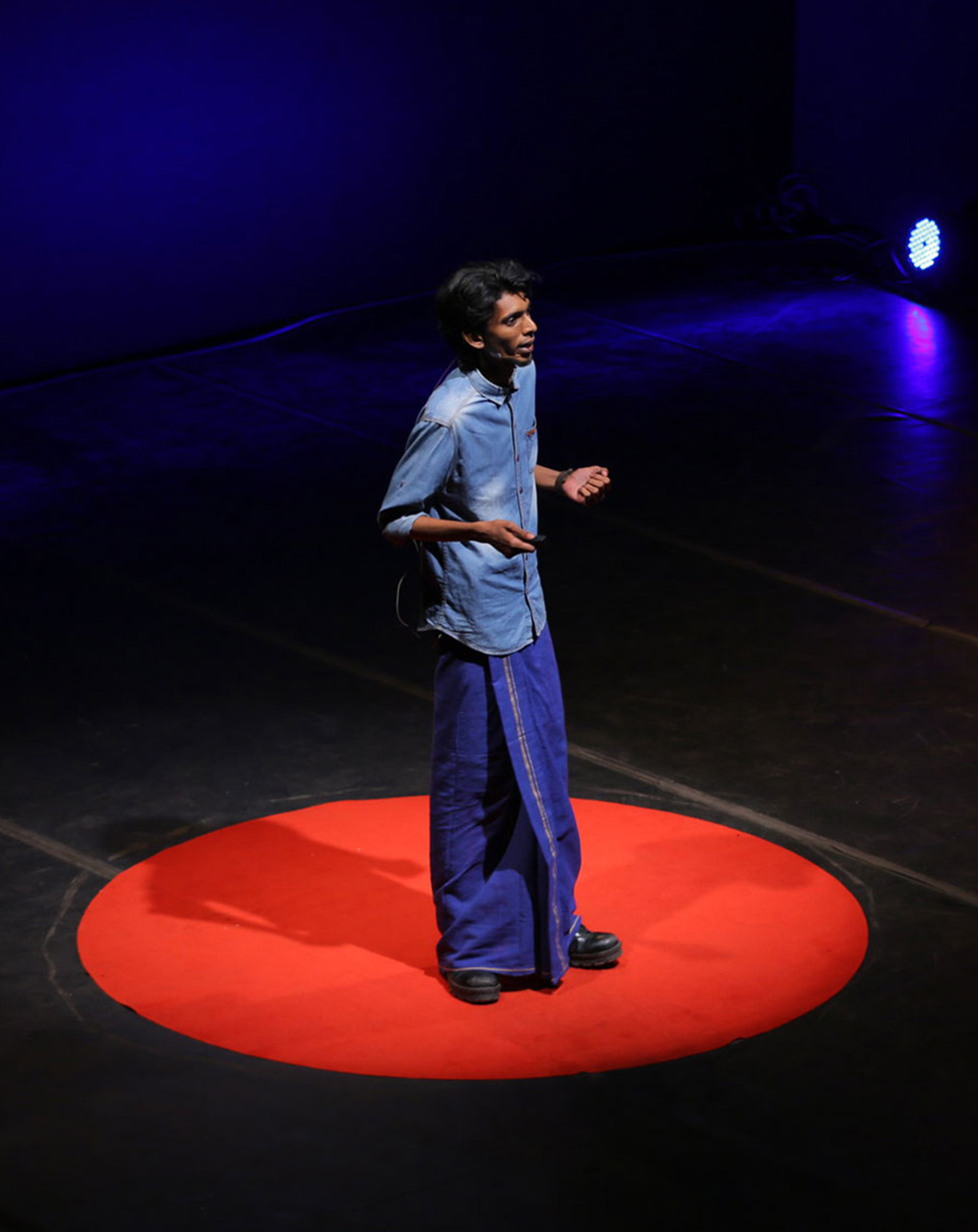
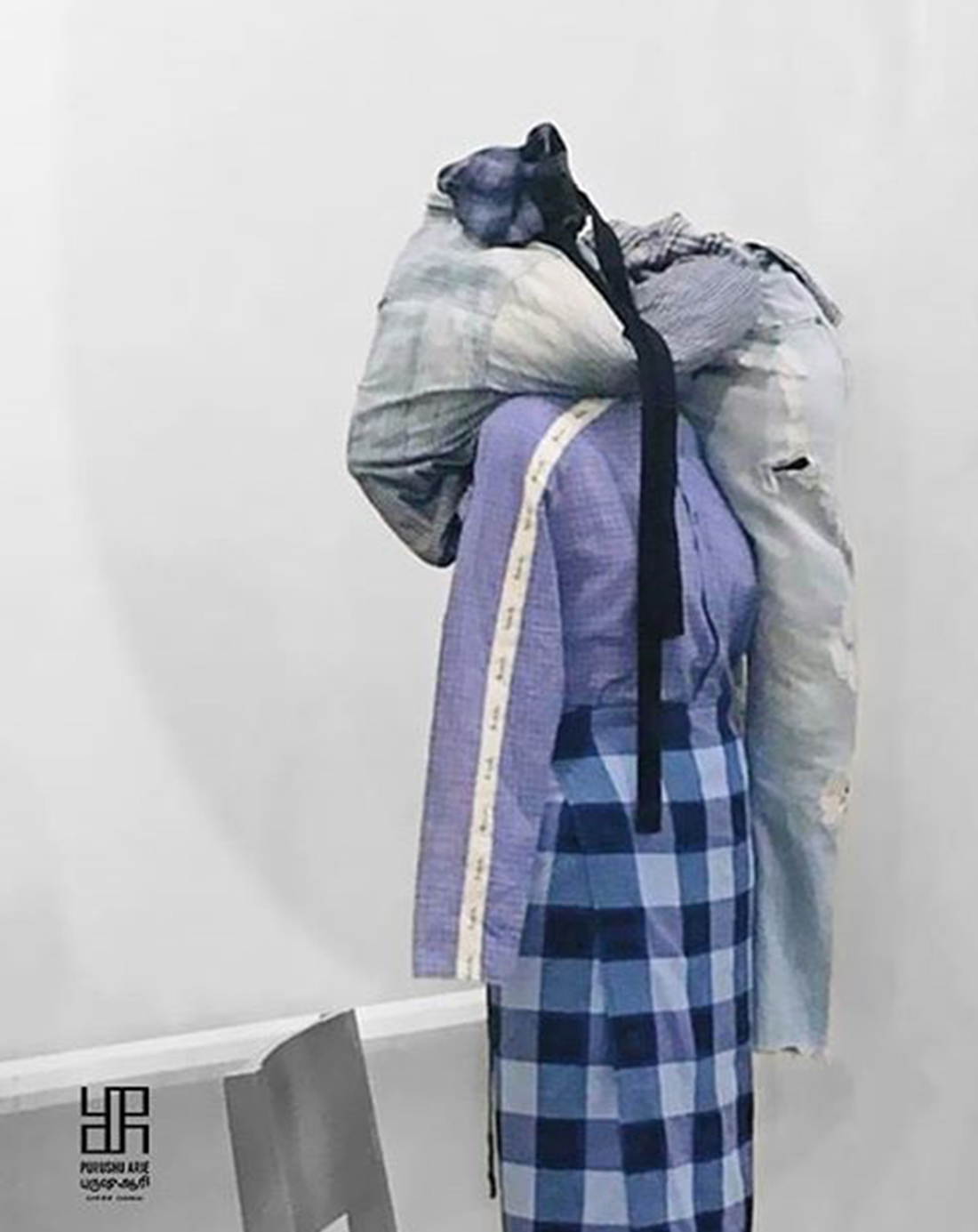
Em
A fascinating article. In my opinion the control of womens attire begins with mens desire to control ‘their’ women, repressing females most potent power – her sexuality. Interesting to see the Olympics unfold this year in terms of how women are expected to dress by comparison to men. Let’s keep highlighting until we get equality.